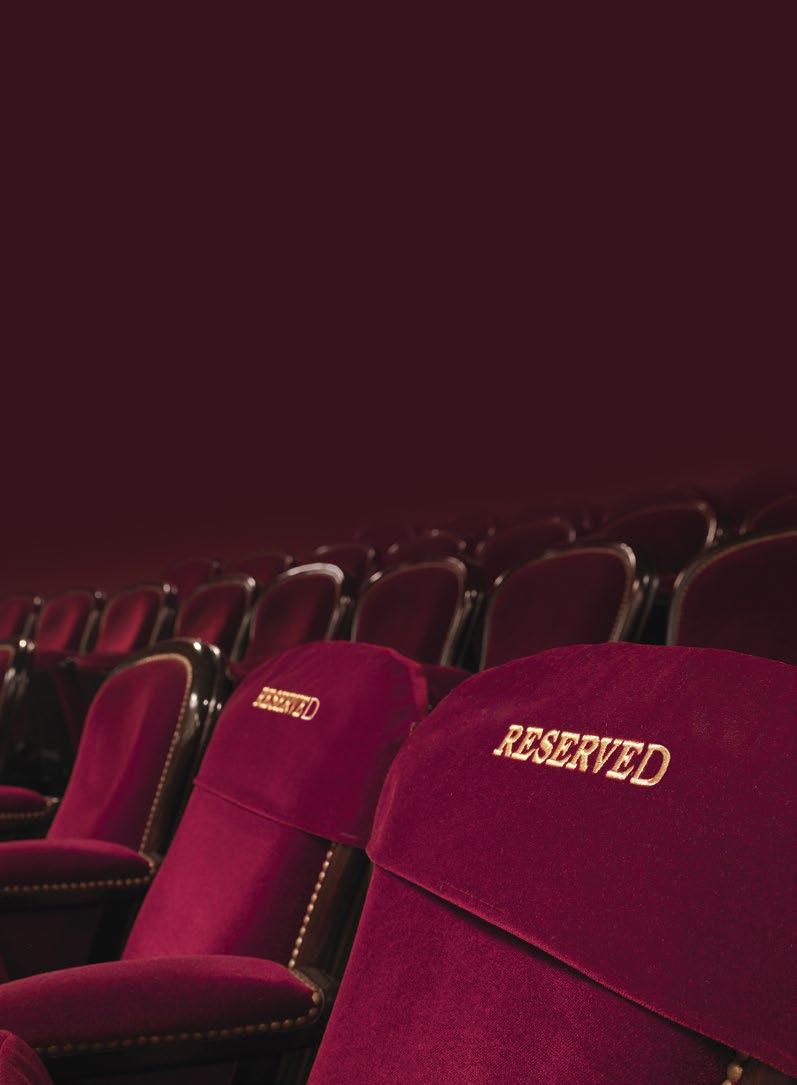18
Centenary of the First World War and the School’s Combined Cadet Force (CCF)
HSD Key Visionaries in WW1 Sir J. Alfred Ewing As Director of Room 40, the top secret Admiralty military code breaking unit, Alfred led the intelligence team that, without hyperbole, changed the course of the war. In fact, without his efforts the war would almost certainly have dragged on for at least another year, bringing with it hundreds of thousands of additional deaths. So, who was this remarkable man, and what did he achieve? Born in Dundee on 27 March 1855, Alfred Ewing, in full James Alfred Ewing, was the third son of the Reverend James Ewing, a minister of the Free Church of Scotland. Alfred attended both West End Academy and the High School of Dundee before securing a Baxter scholarship to study his Engineering degree at the University of Edinburgh. Alfred’s outstanding academic career did not commence until 1878 when we was appointed Professor of Mechanical Engineering and Physics at the newly established Imperial University of Tokyo. Whilst in Tokyo, he undertook research into earthquakes and was instrumental in the founding of Japanese seismology. Additionally, he studied magnetism and gave the name to the phenomenon of hysteresis. One year into his time in Tokyo, Alfred married Anne Washington on May 14 1879. Interestingly, Anne was a descendant of President George Washington’s brother, John Augustine Washington. They went on to have two children together, Maud, born in 1880, and Alfred, born a year later. Come 1883, Alfred had returned to his hometown of Dundee to work at the University College Dundee as its first Professor of Engineering. He became just as well known for his social work as his research during this time, ensuring to involve himself in schemes to try to improve the living conditions in his home city. So much so, that he undertook a leading role in improving the city’s sewage system. Relocating to Cambridge in 1890, Alfred took up the position of Professor of Mechanism and Applied Mechanics at King’s College, where he developed his earlier work on the magnetic properties of metals as well as investigating the crystalline structure of metals. Several years later, in 1903, he left Cambridge to tackle a completely different challenge as Director of Naval Education at the British Admiralty, based in Greenwich. As a reward for his services, Alfred was made Companion of the Order of the Bath in 1906, and then Knight Commander of the Bath in 1911. With the outbreak of World War One in 1914 and through his work at Greenwich, Alfred came to the attention of the First Lord of the Admiralty, Winston Churchill. He then agreed to become the Head of what came to be known as Room 40, the Admiralty intelligence department of cryptanalysis, responsible predominantly for intercepting German cable and radio messages and passing the results to our military and political leaders. Under Alfred, its talented staff were able to warn of Zeppelin raids, cracked wireless transmissions from submarines and enabled the Navy to keep tabs on the German Fleet and its intended movements. They warned of German naval operations
on Dogger Bank and off Jutland, respectively, thereby enabling the Royal Navy to neutralize, if not destroy, German naval power. Alfred’s greatest coup however was Room 40’s success in cracking the encrypted ‘Zimmermann Telegram’, a success which was directly instrumental in bringing the USA into the war. Germany had no cables running to America. However, President Wilson allowed Germany to use America’s cables on condition that transmissions were entirely peaceful. The Germans ignored this, and Room 40 listened in. On 11 January 1917, Germany’s foreign minister Arthur Zimmermann cabled Mexico offering his ‘make war together, make peace together’ deal. This proposed that, in the event of war between the United States and Germany, Mexico should attack the US from the south. Following a German victory the reward for Mexico would be the recovery of Texas, New Mexico and Arizona, territories lost to the USA in the War of 1846–1848. This was dynamite. With great skill Room 40 managed to inform the US without revealing its own existence. It caused outrage in the US and in April 1917, Wilson brought America into the war. In May 1916, Alfred accepted an invitation to become Principal and Vice Chancellor of the University of Edinburgh, and so in 1917 he stood down from Room 40. During a lecture to the Edinburgh Philosophical Institution in 1927, he revealed the first semi-official disclosure of the work undertaken by Room 40. Closer to home, he became the first Honorary President of the Old Boys’ Club. After the passing of his first wife, Anne, in 1912, Alfred went on to marry Ellen Hopkinson, a daughter of one of his old friends, with whom he is buried with in Cambridge. Alfred passed away in 1935, aged 80. To this very day, Alfred’s name lives on at the University of Dundee through the Ewing Building, which was erected in 1954 and named in his honour. Many thanks must be given to current F6 pupil, Cameron Walker, for his assistance with research for this article.
























